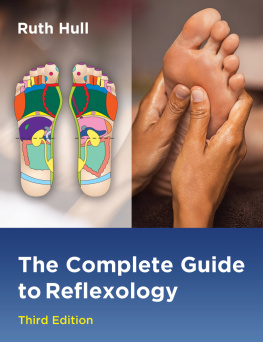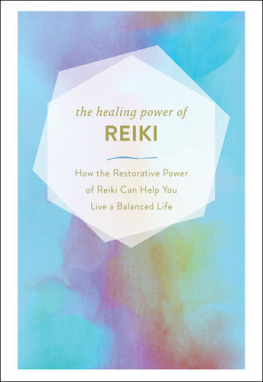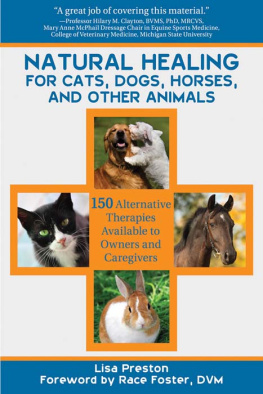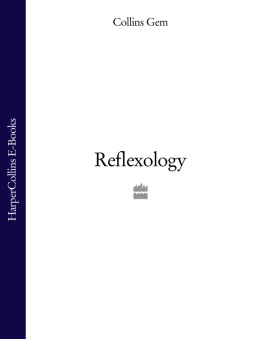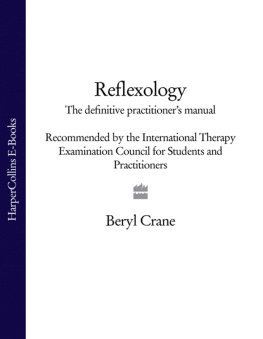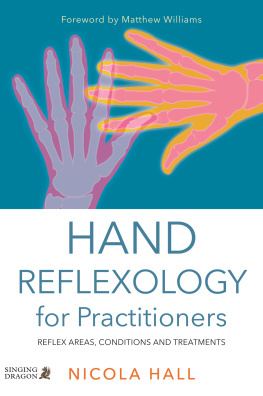Faure-Alderson Martine - Total Reflexology: The Reflex Points for Physical, Emotional, and Psychological Healing
Here you can read online Faure-Alderson Martine - Total Reflexology: The Reflex Points for Physical, Emotional, and Psychological Healing full text of the book (entire story) in english for free. Download pdf and epub, get meaning, cover and reviews about this ebook. City: Rochester, VT, year: 2008, publisher: Inner Traditions / Bear & Company;Healing Arts Press, Inner Traditions International, genre: Home and family. Description of the work, (preface) as well as reviews are available. Best literature library LitArk.com created for fans of good reading and offers a wide selection of genres:
Romance novel
Science fiction
Adventure
Detective
Science
History
Home and family
Prose
Art
Politics
Computer
Non-fiction
Religion
Business
Children
Humor
Choose a favorite category and find really read worthwhile books. Enjoy immersion in the world of imagination, feel the emotions of the characters or learn something new for yourself, make an fascinating discovery.

- Book:Total Reflexology: The Reflex Points for Physical, Emotional, and Psychological Healing
- Author:
- Publisher:Inner Traditions / Bear & Company;Healing Arts Press, Inner Traditions International
- Genre:
- Year:2008
- City:Rochester, VT
- Rating:3 / 5
- Favourites:Add to favourites
- Your mark:
Total Reflexology: The Reflex Points for Physical, Emotional, and Psychological Healing: summary, description and annotation
We offer to read an annotation, description, summary or preface (depends on what the author of the book "Total Reflexology: The Reflex Points for Physical, Emotional, and Psychological Healing" wrote himself). If you haven't found the necessary information about the book — write in the comments, we will try to find it.
Remaps the entire foot to fine-tune the pressure points
Explains how to work with the emotional reactions that may be released when physical conditions are treated
Full-color detailed diagrams provide precise illustrations of pressure points
In this groundbreaking work, Dr. Martine Faure-Alderson takes reflexology to a new level by integrating acupuncture, naturopathy, homeopathy, and other holistic healing modalities into the practice. From her background as a physician, she brings a scientific precision to using the foot as a map of the body and all of its systems. She then uses her training in alternative therapies to integrate the mental and psychological issues that may accompany physical conditions, providing the first complete holistic approach to using reflexology for physical, emotional, and mental health.
Total Reflexology presents each of the major body systems in turn--from the digestive system to the human energetic system--using 25 full-color newly mapped foot diagrams that provide precise indications of pressure points and their correspondences to all areas of the body. The author also includes her latest work using craniosacral therapy and the role of the cerebrospinal fluid in reflexology as well as how to integrate use of the chakra system. She shows how finely tuned reflexology stimulates the bodys self-healing abilities, making this an indispensable resource for the layman and professional alike
Faure-Alderson Martine: author's other books
Who wrote Total Reflexology: The Reflex Points for Physical, Emotional, and Psychological Healing? Find out the surname, the name of the author of the book and a list of all author's works by series.

